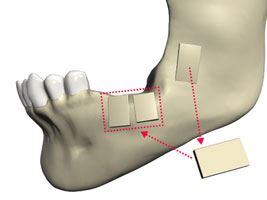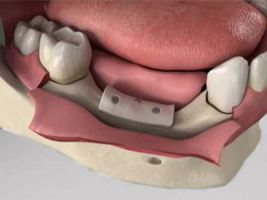No products
To be determined
Shipping
0,00€
Total
Product successfully added to your shopping cart
Quantity
Total
There are 0 items in your cart.
There is 1 item in your cart.
Total products
Total shipping
To be determined
Total
Soft and hard tissue augmentation during surgical implantation stage
Although it is necessary to avoid exposure of the bone or cutting implant after it is installed, sometimes it is unavoidable due to the anatomical features of bone or implant location. In this situation the defect should be closed in several ways during the implantation. These include:

Auto bone grafting Bone can be collected in the course of preparation with bone traps fixed on suction, or removing dust from the drill by hand. Then they can be packed around the implant uncovered cutting and laid in place of the flap. Some clinicians recommend covering transplanted resorbable or non-resorbable bone membranes to save circuit and prevent germination of fibrous connective tissue while healing process. You can use natural materials such as polytetrafluoroethylene (PTFE) or collagen.

Replanting allo example lyophilized bone Available in several variations of this type created based on human or bovine tissues. This material can be used in addition to autobone but the patient should be fully informed of the possibility of such actions during the signing of the consent for surgery. And the auto- and allo can be advantageously used as with a membrane and without it.

The use of bone blocks, consisting of cortical and cancellous bone It is not always feasible due to limited donor zones sometimes overlapping narrow alveolar ridge from the vestibular and / or oral sides used the anterior part of the mandible, adjacent to the apical part of the incisors. If necessary a soft tissue augmentation. Displaced flap technique is used , which can be formed from the palate soft tissues.
Large amounts of bone grafting. With a significant deficiency of bone is necessary to conduct significant replanting fragments. This requires the use of large blocks of bone and reconstructive surgery using titanium mesh containing autologous or allomaterial.


